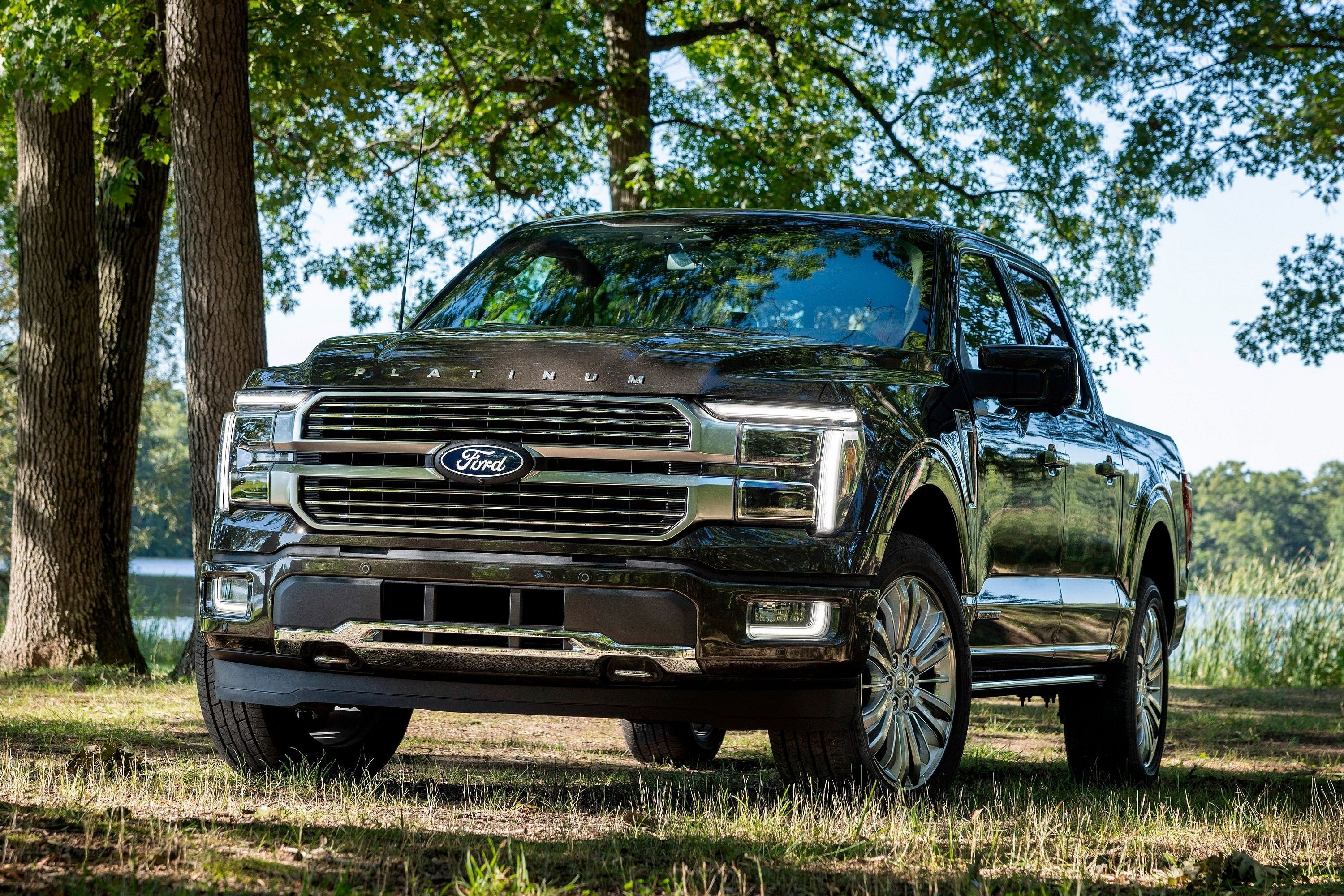
Back in 2014, Ford launched its thirteenth generation F-150 full-size pickup truck. There was plenty to celebrate but the adoption of aluminum body construction instead of steel was a standout achievement. This was considered to be a major game changer. But it also represented huge challenges, particularly for Ford dealerships who had to invest in new equipment and training in order to repair these new aluminum-bodied trucks.
While the investment carried financial risks, a new report from Automotive News indicates dealers who made this decision are now enjoying the rewards. One example is a Ford dealer in Texas who invested tens of thousands of dollars to upgrade its F-150 repair department. In the spring of 2017, there were back-to-back hailstorms and when there's falling ice, there are lots of damaged vehicles.
Owners of the latest F-150 brought their trucks in for body repairs and the dealer's technicians not only managed to get things fixed faster, but also cheaper to the tune of $2,000 less than what it would have cost to fix a steel-bodied truck. Ford gambled big on aluminum for its best-selling vehicle to significantly reduce weight in order to help improve overall fuel economy.
The Blue Oval faced attacks from its chief rivals in national advertisements, claiming aluminum was weak compared to steel as part of an effort to deter buyers. The biggest problem with aluminum versus steel is that the former typically costs more and can get damaged more easily. But Ford was ready.
The latest insurance data shows Ford's huge efforts to train dealers, educate insurers, and to design the vehicle itself to be as repair-friendly as possible have paid off. "It was our moonshot," said Dave Johnson, Ford's global director of service engineering operations. Insurance costs remain relatively the same as the old steel-bodied F-150. "We wanted them to be insurable on par with a steel F-150."
Ford engineers also designed the F-150 with a modular architecture that's easier and less time consuming to repair. Aluminum replacement parts were also priced less than their steel counterparts, specifically 43 less for hoods and a 37 percent decrease for front bumpers. And now Ford's rivals are all jumping on the lightweight material bandwagon, whether it be aluminum or carbon fiber.
